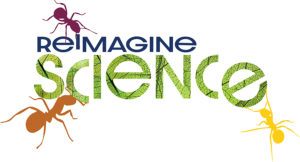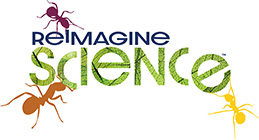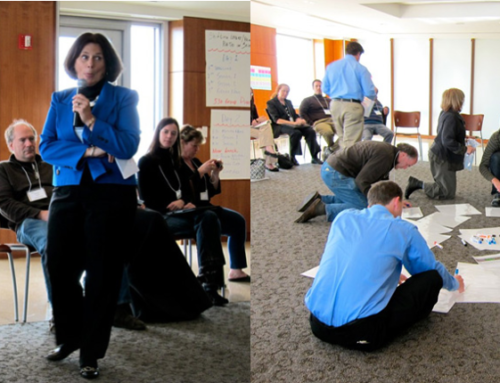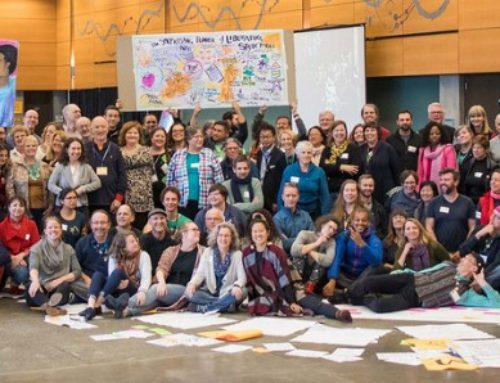
Dr. Michael Pope was chair of the department when I began my faculty position in the Chemistry Department at Georgetown University. He is part of a generation of chemistry faculty that seem to have done very well – working on interesting problems, with a close knit community of fellow faculty that seem to still like one another.
On a recent visit to D.C. I looked him up. I had enjoyed his gentle presence, and the way he had treated me as a young faculty member, when I was only the second tenure-track woman ever in the chemistry department. This plunge into diversity was just at the turn of the 21st century — in a department for an institution founded near the turn of the 18th century! You might imagine some of the resistance and new ground I was making my way through. Michael’s wife, Anne, had been a wonderful, effervescent presence as the stock room manager, on the ground floor of the Reiss Science Building.
Michael and his wife Anne had come from England when being a faculty seems to me to have been a matter of being a dedicated student with curiosity in good measure, willing to throw your hat in the ring. As faculty we had been through tragedy with them as well, with the unexpected loss of their adult son.
During our catching up, I learned of the untimely death of his artistic wife Anne, while undergoing surgery. A true loss of not only an delightful artist, but also the daughter of Leonard Potter, also an amazingly talented artist who worked for the BBC, and whose art is an amazing walk through expression in multiple media.
I was intrigued to learn that their daughter, Lucy, was a graphic artist, and that she co-owns a graphic-design studio in the D.C. area. Thus, our relationship with 202designs began.
We wanted our logo to show action, and we wanted it to reflect science. Lucy sent several ideas. Though we liked the idea of using bees (the bee-hive metaphor being very popular in the tech sector these days), our youngest team member held out for something unique, with a scientific grounding.
At the time of our logo project, I was also working on a joint presentation to the Complexity Group at Stanford. The principal host, Daniel Friedman, is just finishing up his PhD work in the laboratory of Dr. Deborah M Gordon, studying ants and ant behavior. Ants are a favorite organism in the employment of agent-based models in the computational realm, and exhibit group behavior, social collaboration, and rules-based decision-making.
We learned of the following collective behaviors of ants from Daniel:
• Leaf-cutter Ants: Sometimes a little leaf cutter rides on the head of a bigger nest mate. It is believed that the role is to protect the larger, working ant from parasitic flies.
• Fire ants engage in raft formation to survive flooding of the tunnels and chambers that comprise their homes.
• Army ants create trails, and build ant bridges, with their collective bodies.
• The self-organizing capabilities of ants produces a sophisticated architecture in nest structures.
• Yet, seemingly simple ant interactions (touching antennae) are the primary information transfer mechanism in the colony. Ants’ antennae are used to sense, feel, and communicate.
With all our new-found knowledge we asked Lucy to give us some ants that were being active, and she created what you see now. The antennae wrapped around the ‘i’ is a bit of poetic license. And if ants ever did really build a logo with letters, they would be moving them with their mandibles, not their antennae.
How do you like it?
As a team, we’re very excited about the completion of this project, especially with Michael’s daughter’s help and involvement in our process. In the realm of science, scientific discovery, education, curiosity and exploration, paths don’t always lead to finite endings, and they often don’t go where you thought you were headed when you started out. Our logo is symbolic of the questions we pose to society and scientists both – where are we going, where have we been, where are there unexpected developments that reconnect people, places, and ideas that we care about?
-Kennan Salinero
Executive Director


